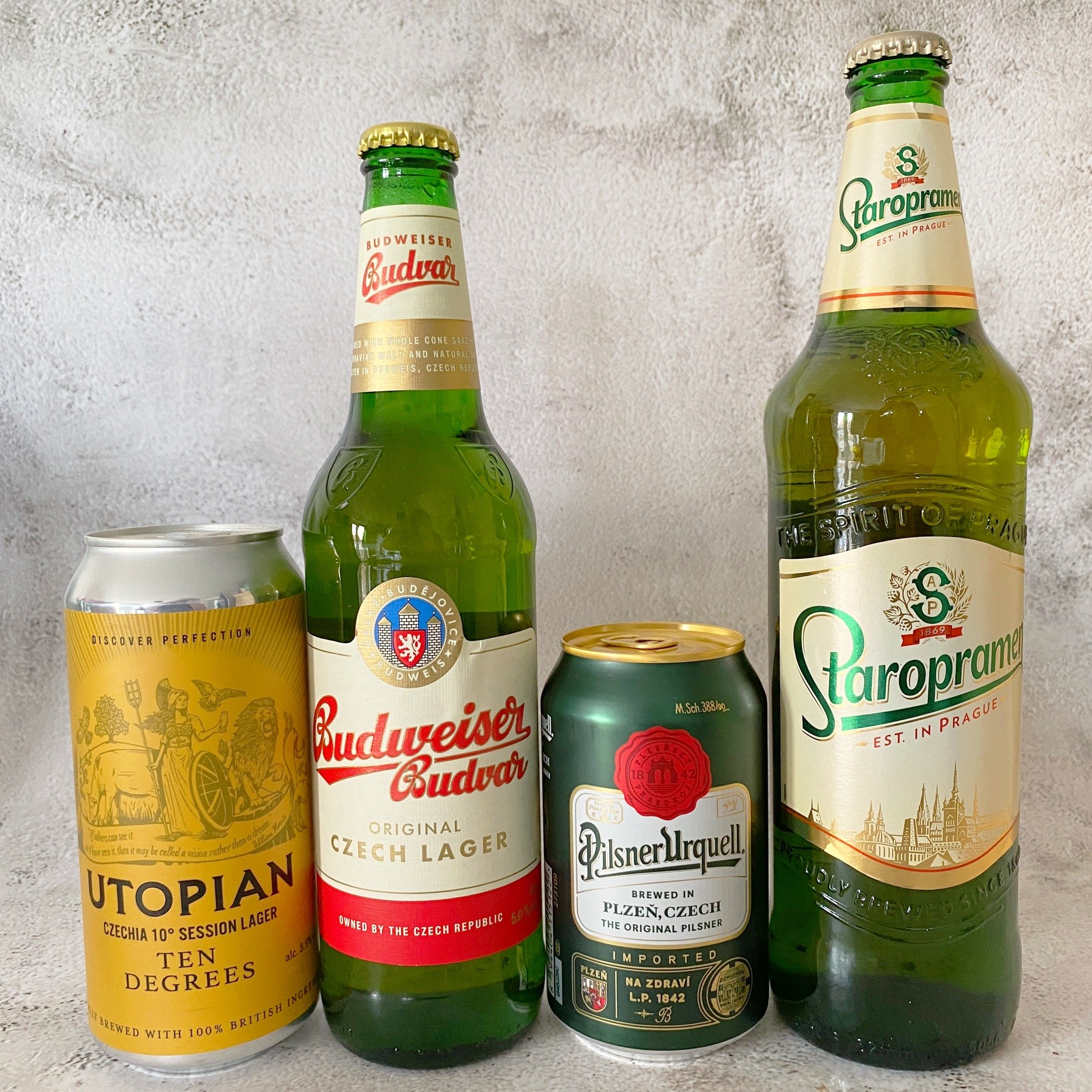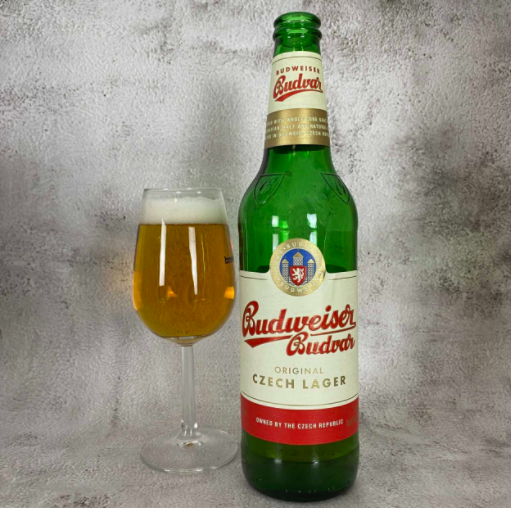A Little Bit About… Czech Pilsner
Today we're going to look at the beer style Czech Pilsner. You may also hear it called Czech premium pale lager. This is because in the Czech Republic, only Pilsner Urquell is allowed to be called a Czech Pilsner. We are going to look at the history of the beer style, I’ll go through the style guidelines and what to expect from your glass. And I'll also give you some examples to go try.
The History of Czech Pilsner
Bohemia, also known as the Czech Republic now, has a long history of brewing just like Germany and England. In the 16th century, brewers were creating beers made out of rye malt and wheat malt. Wheat malt beers were called white beers and rye malt beers were called red beers. These were ales made with top fermenting yeast and they were darker, smoky and heavier than we would expect today because of poorer malting processes. An important figure in Bohemian brewing was Ondřej Poupě. He was the first brewer to use a thermometer. He also wrote the book, Die Kunst des Bierbrauens, which translates to The Art to Brew. He designed new malting and brewing equipment and founded the first European brewing school. He's important to us because he used to say “rye is for bread, wheat is for cakes and barley is for brewing”, so he was trying to move the Bohemian brewing scene into using more barley in their beers.
The style Pilsner was born in a town called Pilsen. By the 1830s lager bier was starting to come over from Bavaria in Germany. This was a far superior beer to the rye and wheat beers that were being made in Pilsen at the time. The wheat beers were also more expensive, and they were allowed to sit and spoil. So not only were they sour and didn't taste as good as the lager biers, they were more expensive, so consumers were not happy. In 1838 in Pilsen, the beer was so bad that authorities threw 36 bottles of spoiled beer into the street in the town square. To prove how poor the brewing was. Something needed to be done!
The First Czech Pilsner
The local burghers who were citizens who had been designated the right brew, knew they needed to do something. They decided to brew a Bavarian style beer, but with local ingredients. A whole new brewery was designed and built a kilometre from the river Radbuza, which had lovely soft water. This is really important for our pilsners because it emphasized the bitterness of the hops and the lovely floral character and made the beer really crisp. Burghers also sent spies into Bavaria to see how they were working, and then brought back their own Bavarian brewer Josef Groll. In the designs for the brewery, it had to have a malt house. This was so they could use locally sourced and unspoiled barley. A state-of-the-art kiln was added that was “equipped in the English style”. This was the newest and most up-to-date malting technology that have been designed by Anton Dreyer from Vienna and Gabriel Sedlmayr from Munich. They got their ideas by going on a trip to do their own spying on English brewing! This malting process included indirect heat, which meant better quality malts that were free of roast and smoke flavours. This gave us the lovely crisp flavours that we expect to find in a Czech Pilsner today. It was also very important to the burghers that the malt was not trusted to foreign hands, they realized that the malt was what was really important in their beer.
The first Czech Pilsner was brewed by Josef Groll on October 5th 1842. It used only Czech malts and Czech hops, mainly the Saaz hop which gave it lovely floral and spicy flavours and aromas.
What to Expect from a Czech Pilsner?
BJCP Stats for Czech Premium Pale Lager
Colour: Straw to gold (3.5 - 6 SRM)
ABV: Normal (4.2 - 5.8%)
Perceived Bitterness: Pronounced (30 - 45 IBUs)
Serving Temperature: 4 - 7oC (40 - 45oF)
Glass: Straight sided Pilsner glass.
What should a Czech Pilsner Taste Like?
When you're tasting a Czech Pilsner, it should be clean and crisp, but more malty than a German Pilsner; that's why they're my favourites. The soft water used to brew the beer from the Radbuza river gives the style a rounded hop profile. Saaz hops give a spicy floral and herbal aroma which balances with rich, bready malts.
What Czech Pilsner should you try?
When you're picking a Czech Pilsner to try, do check it is actually a Czech Pilsner and not a German Pilsner. There are several Czech Pilsners available in the supermarket, such as Pilsner Urquell or Staropramen which are both from the Czech Republic. Budweiser Budvar is another good choice - no, not that Budweiser! Budvar is a traditional brewery from the Czech Republic and they make a lovely Pilsner. For a more craft option, check out Utopian’s Bohemian British Lager (formally known as Ten Degrees).
If you want to hear more about Czech Pilsners, you can listen to this episode of A Woman’s Brew, from our lager series.
I hope you've learned something about Czech Pilsner today, head on over to Instagram here to let me know which Czech Pilsner you've tried and whether you like it or not.





